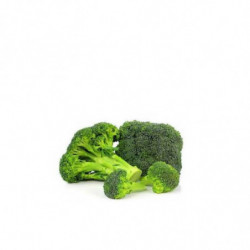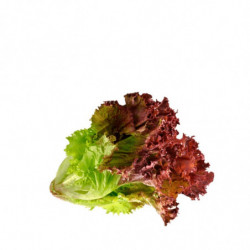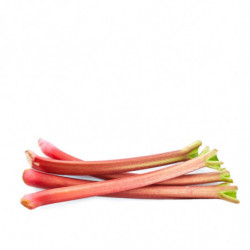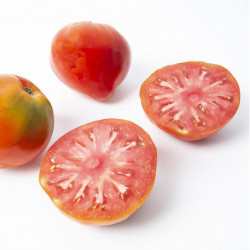Red beet: A Nutritional Gem
red beet, also known as beetroot or simply beet, is an edible root plant used worldwide in both cooking and traditional medicine. This description will include its appearance, composition, nutrients, origin, current cultivation areas, history, culinary uses, therapeutic properties, quintessential dish, and curiosities.
Appearance:
Red beets are herbaceous plants with thick, fleshy roots and large, green leaves that grow directly from the bulb. The bulb, which is the edible part of the plant, can be deep red but can also vary in color from light pink to light yellow. The bulb is round or teardrop-shaped and can grow to the size of a fist.
Composition and Nutrients:
Red beets contain a wealth of beneficial nutrients, such as vitamin C, iron, folic acid, fiber, and potassium. They are also rich in antioxidants, including betalains and carotenoids. Additionally, beets are low in calories and contain a small amount of protein.
Origin and Current Cultivation Areas:
Red beets are believed to originate from the Mediterranean region. They are currently cultivated worldwide, with major producers including Russia, Poland, the United States, and Germany. They are also grown in Latin America, especially in Argentina and Mexico.
History:
Beets have been cultivated for over 2,000 years in the Mediterranean region and were used for medicinal purposes. During the Middle Ages, they became a significant crop in Europe and began to be used in cooking, especially in Eastern European regions. In the 1800s, growers discovered that red beets contained a high amount of sugar, leading to commercial beet sugar production.
Culinary Uses:
Beets can be eaten raw or cooked and are used in a variety of dishes, from salads and soups to cakes and juices. When cooked, beets can be roasted, boiled, steamed, or even fried. Beets are also used to make vinegar, food coloring, and sugar.
Therapeutic Properties:
Red beets have traditionally been used to treat a variety of ailments, including digestive issues, liver and gallbladder problems, anemia, cardiovascular diseases, and inflammatory disorders. Beets may also have anticancer properties due to the presence of betalains and other antioxidants.
Quintessential Dish:
In Eastern Europe, beet soup (known as borscht) is a typical dish that has become a symbol of regional cuisine. Borscht is made with cooked beets, beef broth, carrots, and other vegetables.
Curiosities:
In certain butterfly families, the larvae feed on beet leaves, giving rise to the name "beetle." Additionally, beetroot is a native plant of the Italian region of Puglia, where it has been cultivated for over 2,000 years.























